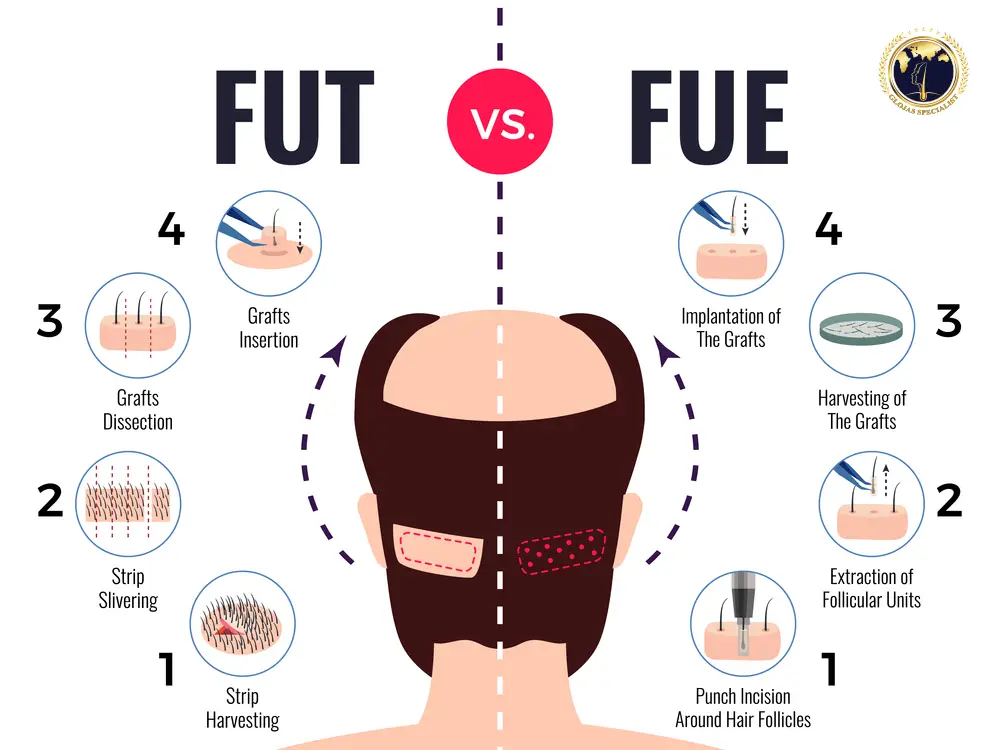FUE Transplant vs. FUT: What Type Of Hair Transplant Is Good For You?

Hair loss can be a challenging experience, often leading individuals to seek permanent solutions like hair transplants. Among the most popular methods are Follicular Unit Extraction (FUE) and Follicular Unit Transplantation (FUT). Both techniques are effective in restoring hair, but they differ significantly in their procedures, recovery times, and outcomes. In this blog post, we’ll […]
5 Effective Solutions for Female Hair Thinning at GLOJAS Clinic

Female hair thinning is a common yet distressing issue that affects many women, impacting their confidence and self-esteem. At GLOJAS Clinic, we understand the emotional and physical implications of hair thinning and offer a range of cutting-edge treatments tailored to your needs. In this article, we discuss five effective solutions for female hair thinning available […]



